Auto Parts Hardware
Auto Parts Hardware
From aluminum rim wheels and bumpers to roof racks, license plate frames, engine blocks and heads, and more, Kingstone absolutely can be provides cost-effective automation solutions, that is robotic surface polishing and grinding equipment automation solutions for the automotive industry manufacturer.
Automation solutions: Fully automatic robot flexible grinding/polishing/deburring system, including mirror polishing, cloth wheel buffing, sand belt grinding, deburring, cutting and welding and other operations.
These automation solutions help customer companies meet growing demands for precision in production and product surface treatment, as well as address health and safety issues.
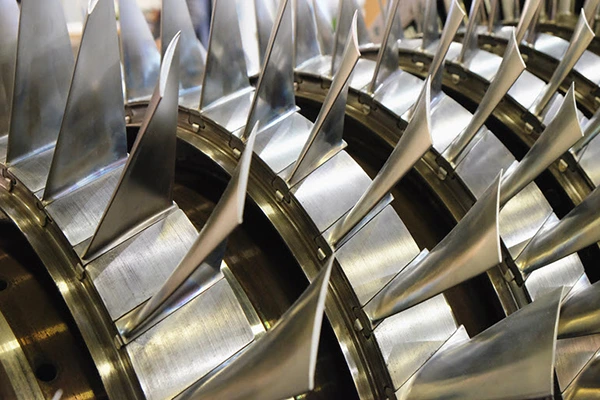
Auto parts grinding
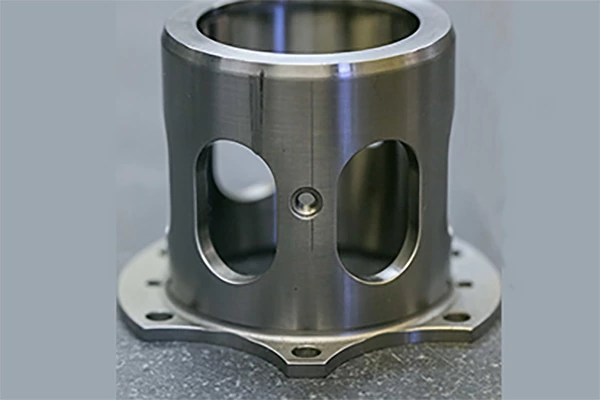
Alex grinding deburring
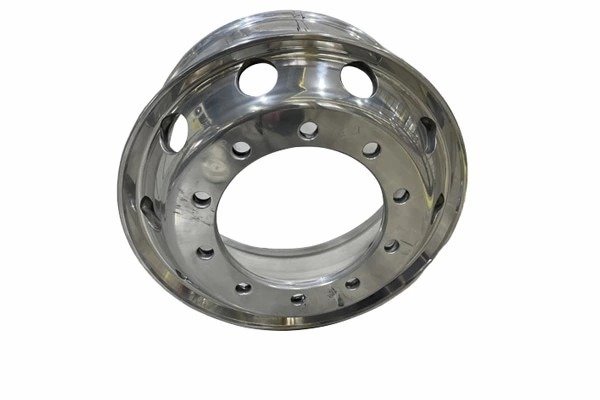
Wheel hum grinding
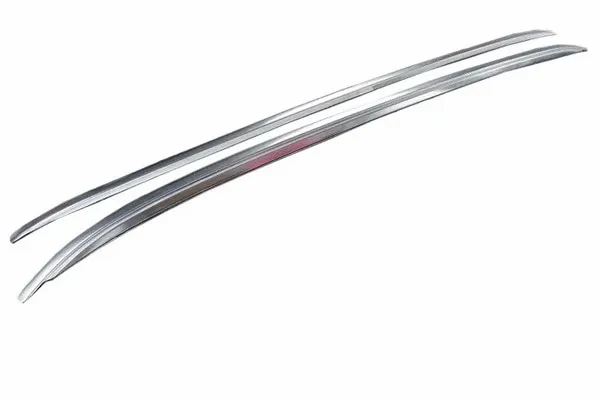
Diamond wheels grindingCar luggage rack buffing
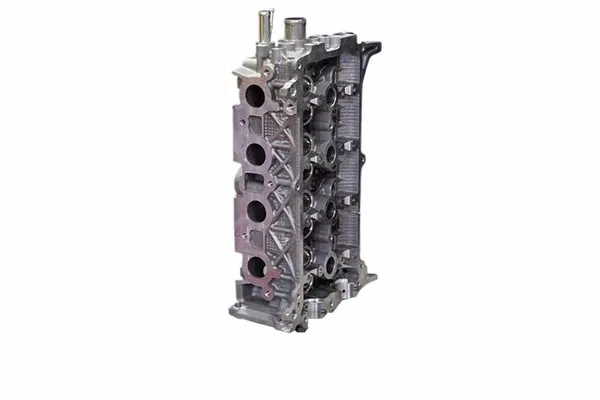
Engine case deburring
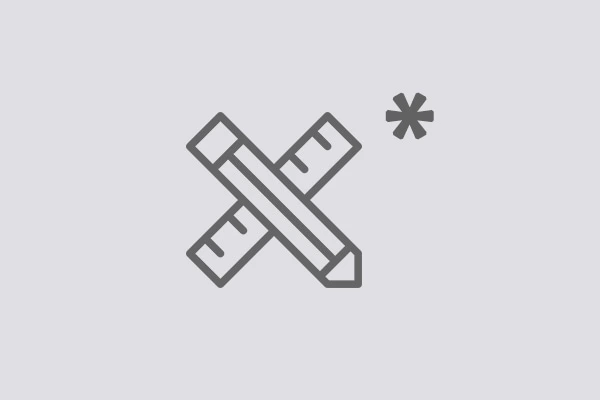
Automation solutions
Request A Custom Quote
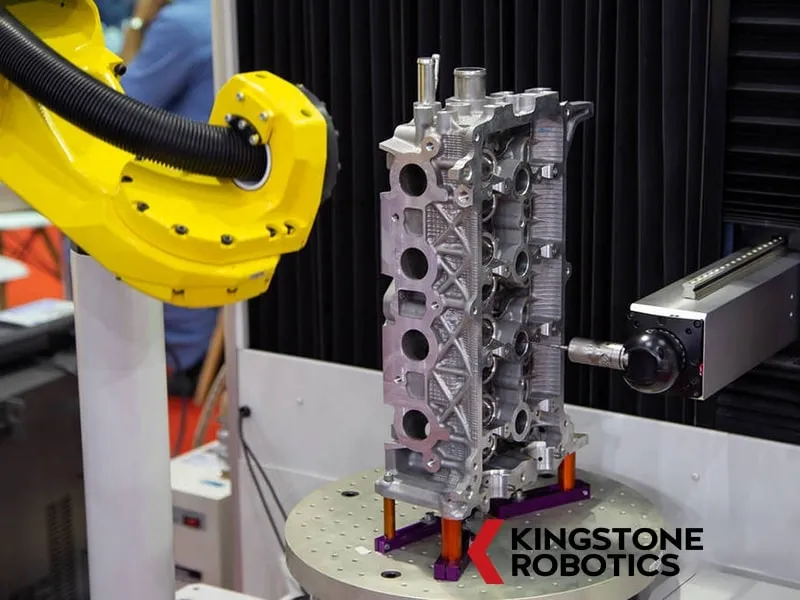
Auto Parts Hardware
Kingstone Robotics specializes in providing state-of-the-art robotic solutions tailored specifically for automotive surface treatment processes. With proprietary sanding and polishing technology, we offer fully integrated automation solutions including:
- Automatic Grinding Station
- Automatic Grinding and Polishing Machine
- Automatic Buffing Unit
- Robotic Deburring Station
- Robot Complex Unit
- CNC Polishing Machine
- Our solutions ensure precision, consistency, and safety in manufacturing automotive components such as aluminum rim wheels, bumpers, roof racks, license plate frames, engine blocks, and cylinder heads.
Polishing, Grinding, and Deburring Automation in Automotive Parts Manufacturing
In the automotive industry, the demand for high-quality, precision-engineered components is ever-increasing. To meet these demands, manufacturers are turning to automated solutions for surface finishing processes such as polishing, grinding, and deburring. These processes are critical for ensuring the performance, safety, and aesthetics of automotive parts.
what is Polishing?
Polishing is a surface finishing process aimed at creating a smooth and shiny surface by rubbing it or using a chemical action, leaving a surface with a significant specular reflection. In automotive manufacturing, polishing enhances the aesthetic appeal and can also improve corrosion resistance.
What is Grinding?
Grinding is a machining process that uses an abrasive wheel as the cutting tool. It’s employed to achieve high surface quality and precision in dimensions. In the automotive industry, grinding is used to finish components like crankshafts, camshafts, and gear shafts.
What is Deburring?
Deburring involves removing small imperfections, known as burrs, from the surface of metal parts after machining processes. These burrs can affect the performance and safety of automotive components, making deburring a crucial step in manufacturing.
Automation in surface finishing is applied to various automotive components, including:
- Engine Components: Crankshafts, camshafts, and cylinder heads.
- Transmission Parts: Gears and shafts.
- Body Components: Door panels, bumpers, and trim pieces.
- Wheels and Rims: Ensuring smooth finishes for aesthetics and performance.
Kingstone Robotics Project Cases
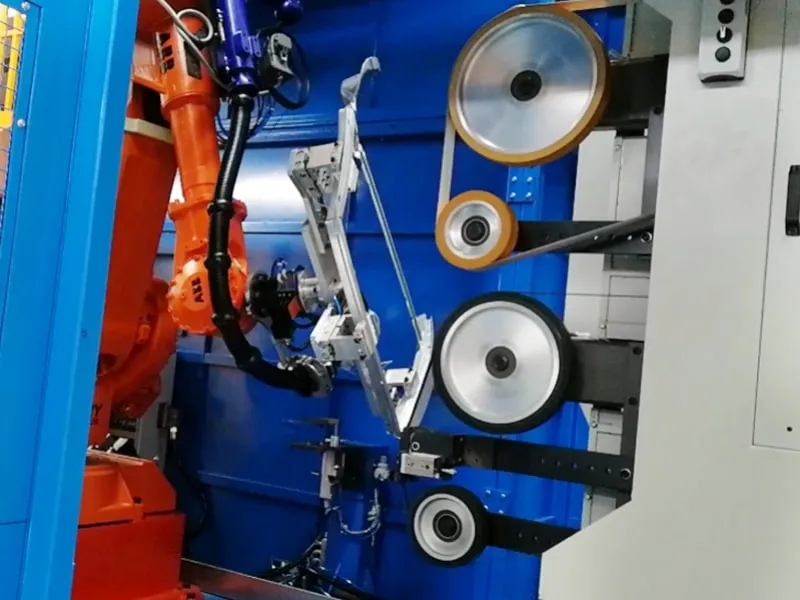
Automotive aluminum frame grinding
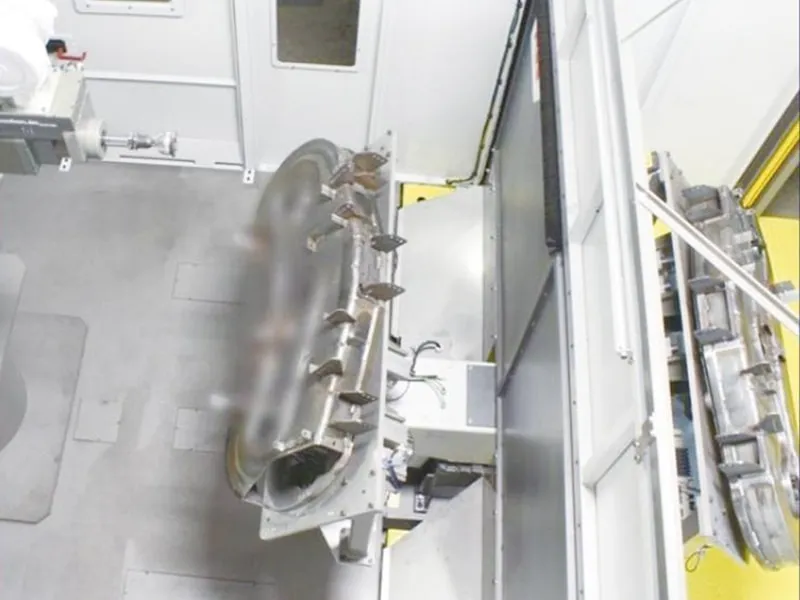
Car chassis grinding

Axle grinding
The Role of Automation in Surface Finishing
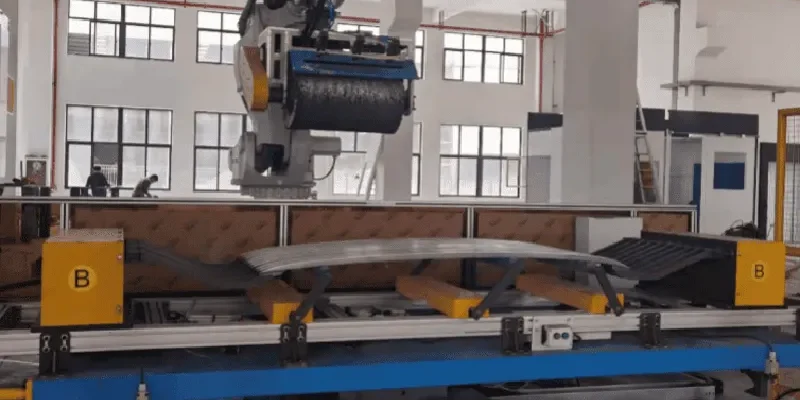
Polishing Automation
Automated polishing systems use robotic arms equipped with polishing tools to achieve desired surface finishes. These systems can be programmed for various polishing patterns and pressures, ensuring consistent quality.
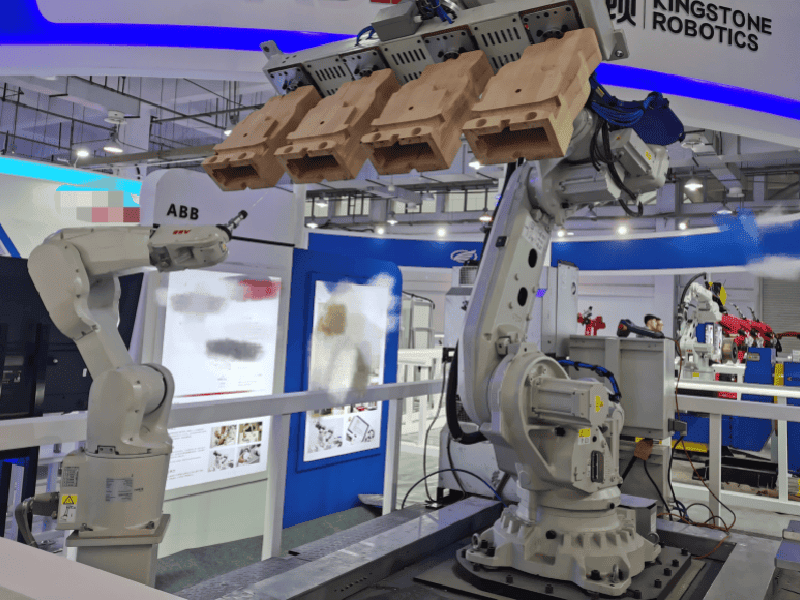
Grinding Automation
In automated grinding, robotic systems control the movement and pressure of grinding tools against the workpiece. Sensors and feedback mechanisms adjust parameters in real-time to maintain precision.

Deburring Automation
Automated deburring employs robotic arms with specialized tools to remove burrs from complex geometries. Vision systems can identify burr locations, allowing for targeted removal without affecting the integrity of the part.
Benefits of Automation in Automated Surface Finishing
Why Automate?
Manual surface finishing processes are labor-intensive, time-consuming, and prone to inconsistencies. Automation addresses these challenges by providing:
1. Consistent Quality and Precision
Automated surface finishing systems deliver a uniform finish across all parts, eliminating human inconsistencies caused by fatigue, skill variation, or environmental factors. This is especially important for components requiring tight tolerances, such as:
- Engine blocks and heads
- Gearbox housings
- Aluminum wheels and rims
- Decorative trim and chrome parts
Robots can precisely control force, angle, and speed, ensuring consistent surface roughness (Ra values) and edge profiles.
2. Increased Productivity and Throughput
Robots work continuously without breaks, significantly boosting productivity. Automated systems can:
- Operate 24/7 in lights-out manufacturing environments
- Perform multi-step processes (e.g., rough grinding → fine polishing → mirror finishing) in a single setup
- Reduce cycle times through parallel processing and simultaneous multi-part handling
This allows manufacturers to meet tight deadlines and scale production without compromising quality.
4. Lower Operating Costs
While the initial investment in robotic systems can be significant, automation lowers long-term operating costs by:
- Reducing labor dependency and turnover costs
- Minimizing rework and scrap due to surface defects
- Optimizing consumables usage (abrasives, wheels, fluids) through precise control
- Enhancing machine uptime through predictive maintenance
Over time, these savings result in a lower total cost per part.
3. Improved Worker Safety
Grinding and polishing automotive parts often involve high-speed rotating tools, airborne particulates, and physical strain. Automating these tasks:
- Reduces the risk of repetitive strain injuries
- Minimizes exposure to harmful dust, noise, and vibration
- Removes operators from hazardous environments
This not only enhances workplace safety but also helps meet health and safety regulations such as OSHA standards.
6. Scalable and Customizable Systems
Automation solutions are modular and can be tailored to production volume, part type, and finishing requirements. Whether for:
- A small-batch specialty parts producer
- A Tier-1 automotive supplier
- Or a high-volume OEM factory
Robotic polishing and grinding systems can be
5. Adaptability to Complex and Lightweight Materials
Modern automotive design trends favor complex geometries and lightweight materials (e.g., aluminum, magnesium, carbon fiber). Robotic systems:
- Easily adapt to curved or asymmetrical parts via 6- or 7-axis motion
- Use force-feedback or vision-guided systems to handle delicate materials without damage
- Support quick tool changeovers for multiple material types
This flexibility supports the industry’s shift toward lightweight and electric vehicle components.
1. Drive Axle Grinding and Deburring Automation
Robotic Configuration:
- 60-2300KG Robots
- Automated deburring tools
- Auto delivery tables
Optional dustproof protective housing
Process Integration:
- Complete automated deburring cycle in one workstation
- Tailored system designs based on unique customer requirements
Key Benefits:
- Enhanced consistency of finished products
- Economical consumption of abrasive tools
- Maintained environmental and quality standards
Applications:
- Drive axles, gearboxes, automotive wheel hubs, cylinder blocks, cylinder heads, and more
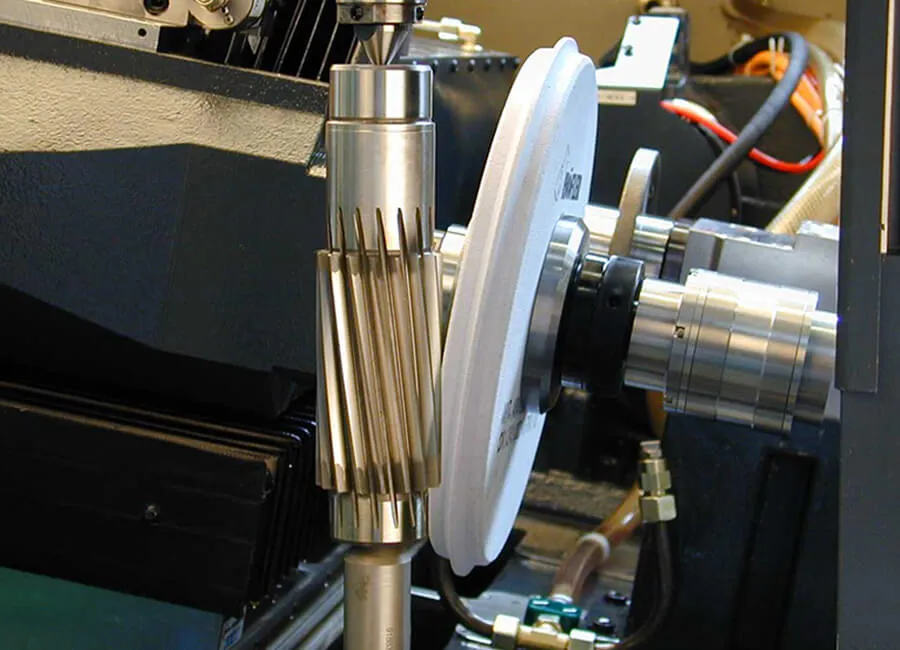
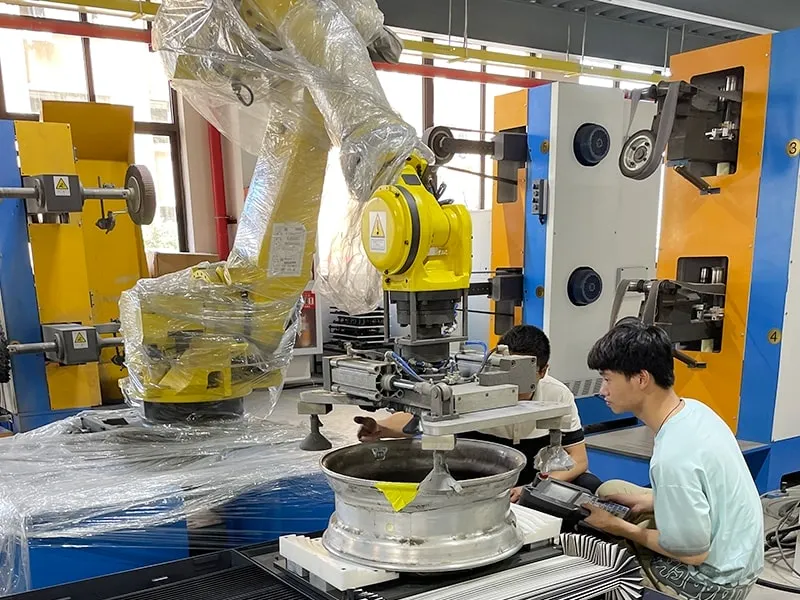
2. Automotive Wheel Grinding And Deburring
Customized Solutions: Kingstone provides tailored deburring automation to meet diverse quality specifications for automotive wheels.
Turnkey Project Management:
- Fixture and workstation design
- Complete layout and 3D modeling
- Advanced process schematics
Robotic System Specifications:
- Robot payload range: 60-2300KG
- Integrated dustproof rooms for enhanced safety
Advantages:
- Comprehensive burr removal
- Superior surface consistency
- Flexible configuration for varying production demands
3. Car Luggage Rack Buffing Automation
Robotic Buffing Solutions:
- Robotic arm (200-2300KG)
- Cloth and sisal wheel buffing machines
- Optional environmental protection with dustproof rooms
Customized Workstation Design:
- Single-station to multi-station configurations
- Fully automatic buffing from raw component to mirror polish
Environmental and Safety Enhancements:
- Soundproof and fireproof dustproof rooms
- Improved workplace safety and cleanliness
Primary Applications:
- Car luggage racks, door frames, and decorative trims
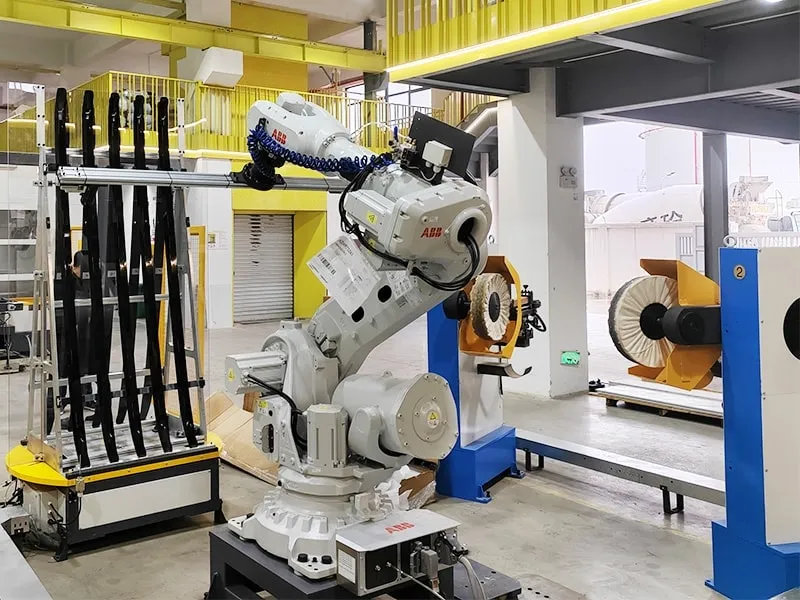
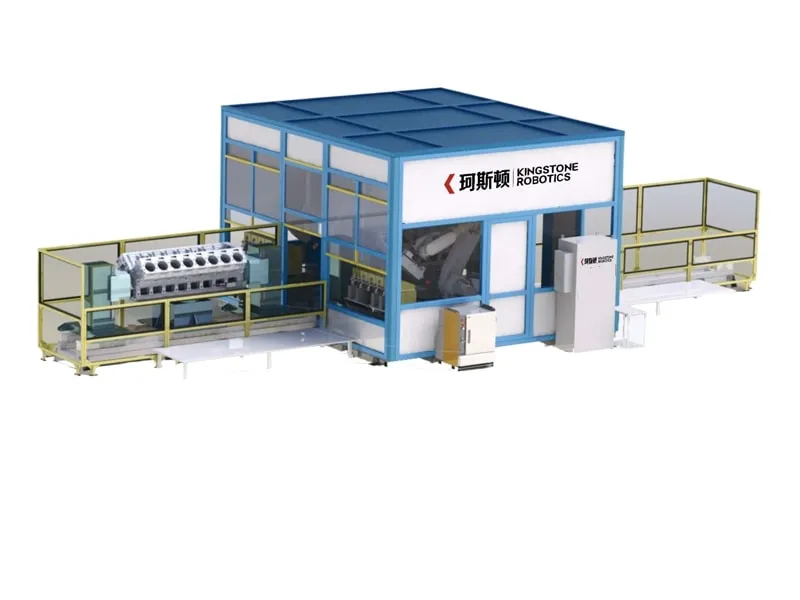
4. Engine Case Deburring Automation
Fully Integrated Robotic System:
- Robot payload options from 60-2300KG
- Advanced automatic tooling and consumable management systems
- Dustproof and soundproof workstations
Automatic Detection and Maintenance:
- Real-time size and displacement monitoring
- Automated tool and consumable exchanges
Major Advantages:
- Streamlined inline/offline production setups
- Exceptional repeatability and precision
- Cost efficiency through optimized consumable use
Applications Include:
- Engine cases, gearbox housings, automotive wheels, cylinder heads, cast iron components, and more
Trusted in Automation Since 1993
Backed by decades of experience and partnerships with leading global brands.
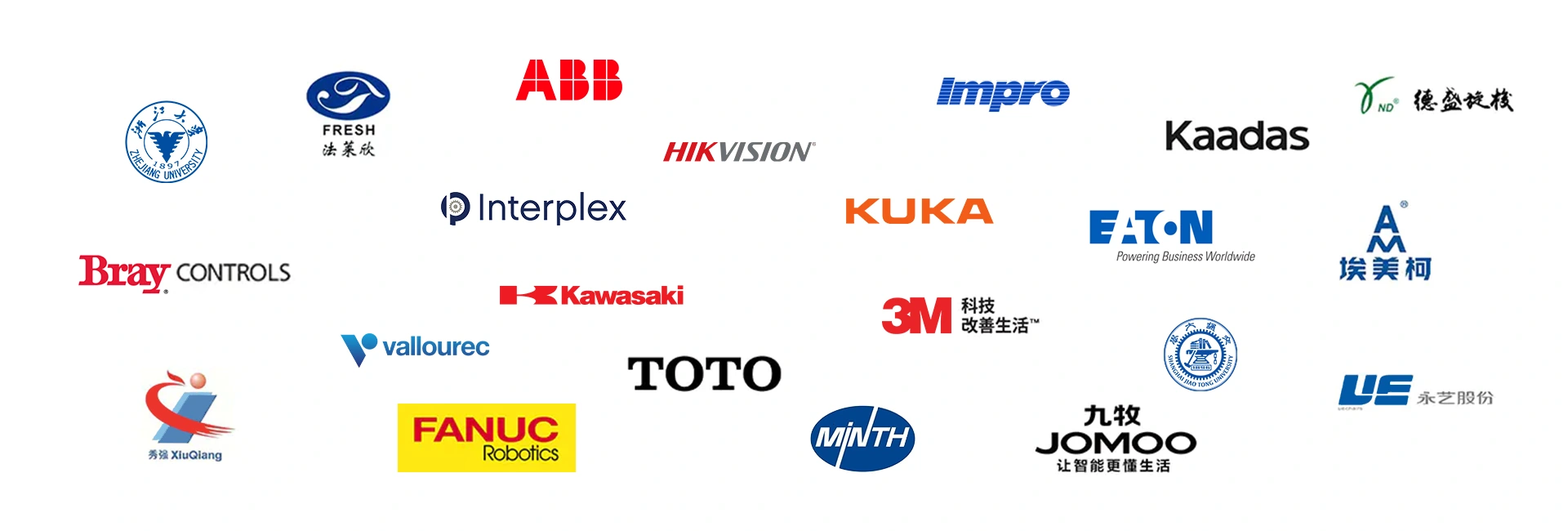
Request A Custom Quote
Automate Your Surface Finishing
Tell us about your components—our experts will customise a robotic grinding or polishing solution for your exact needs.

